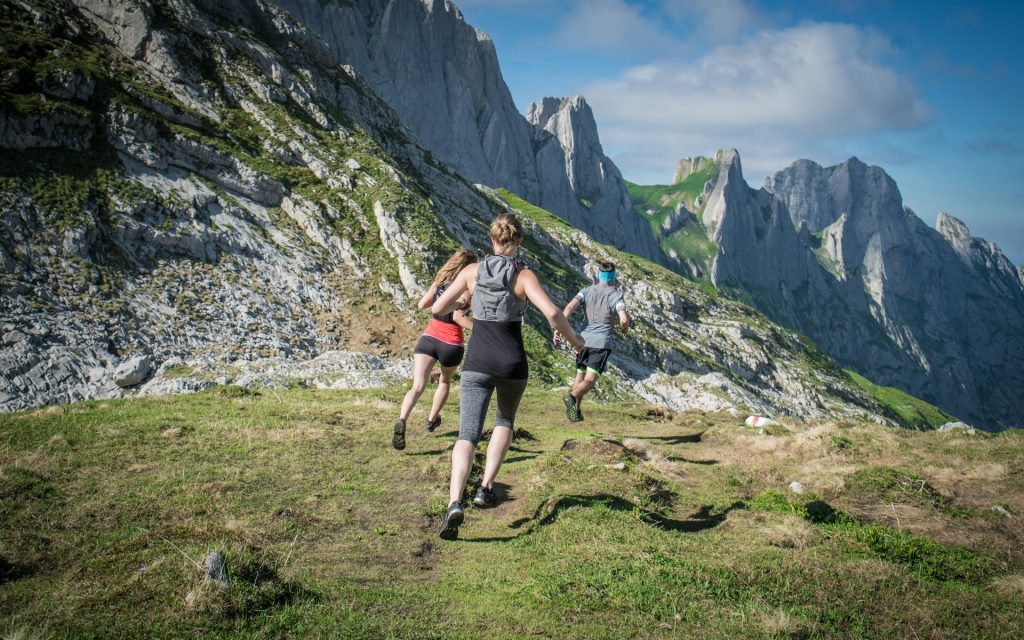Every endurance athlete, from seasoned triathletes to weekend warriors, has faced the dreaded fitness plateau. You’re training hard, following your plan, and yet progress seems to stall. If you’re feeling stuck, don’t worry—it’s a natural part of training. The key is understanding why it happens and how to overcome it.

Why Do Fitness Plateaus Happen?
1. Lack of Progressive Overload
Your body adapts to the stress you place on it. If your training remains constant, so does your fitness. Without increasing intensity, duration, or frequency, your body has no reason to improve.
2. Insufficient Recovery
Endurance athletes often focus on pushing harder but neglect recovery. Overtraining can lead to chronic fatigue, hormonal imbalances, and even injury. If you’re not giving your body time to rebuild, you’ll struggle to improve.
3. Poor Nutrition and Hydration
Your body needs fuel to perform and recover. Inadequate carbohydrate intake, low protein consumption, or dehydration can limit performance and slow adaptation. Without proper nutrients, your muscles and cardiovascular system can’t optimize their function.
4. Lack of Training Variation
Repeating the same workouts week after week leads to stagnation. Your body becomes highly efficient at what it’s used to, and without new challenges, progress stalls.
5. Mental Burnout
Sometimes the issue isn’t physical—it’s mental. Repeating the same routines without excitement or new goals can sap motivation, making your workouts feel like a chore rather than a challenge.

Breaking Free from the Plateau
1. Introduce Progressive Overload
Increase training intensity by adding speed work, hill training, or longer endurance sessions. Gradually push your limits with structured progression, but avoid drastic changes that may lead to injury.
2. Prioritize Recovery
Implement deload weeks every 3-4 weeks to allow full recovery. Focus on sleep, hydration, and nutrition. Consider techniques like foam rolling, massage, or contrast baths to support recovery.
3. Optimize Nutrition
Assess your diet to ensure you’re meeting caloric and macronutrient needs. Work with a sports nutritionist if necessary. Hydration plays a crucial role, so monitor electrolyte balance and fluid intake.
4. Cross-Train and Diversify Workouts
Incorporate strength training, swimming, cycling, or yoga to activate different muscle groups and improve overall athleticism. Trying new training modalities can reinvigorate both your body and mind.
5. Set New Goals and Train Smart
Reignite motivation by setting performance-based goals, such as improving your 10K time or completing a new race distance.
6. Utilize AI with Humango
Humango uses AI-driven insights to analyze your training patterns, detect stagnation, and suggest data-driven adjustments. By integrating HRV, workload balance, and personalized periodization, Humango optimizes your sessions for peak performance. Its adaptive approach ensures progressive overload while preventing burnout, helping endurance athletes break through plateaus with smarter, more efficient training. Stay ahead with AI-powered guidance tailored to your fitness goals.

Final Thoughts
Fitness plateaus are frustrating but also a signal to reassess and adapt. By incorporating smart training strategies, recovery practices, and varied workouts, you can break through stagnation and reach new heights in endurance performance. Stay patient, train smart, and keep pushing forward!
Lance Watson is a world-renowned triathlon coach with over 30 years of experience, having guided athletes to Olympic Gold, Long Distance Triathlon victories, and World Championship titles. Watson is a holistic coach with a passion for training technology who guides both novice and professional athletes. Lance is the founder of LifeSport Coaching and is a coaching advisor with Humango, leveraging AI to enhance athlete training and performance.





